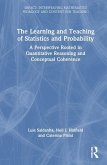
Gebundenes Buch
A Perspective Rooted in Quantitative Reasoning and Conceptual Coherence
1. Dezember 2023
Routledge / Taylor & Francis
| Broschiertes Buch | 40,99 € | |
| eBook, ePUB | 40,95 € | |
| eBook, PDF | 40,95 € |

Broschiertes Buch
A Perspective Rooted in Quantitative Reasoning and Conceptual Coherence
8. Dezember 2023
Routledge / Taylor & Francis
Broschiertes Buch
Students exploring the deep structure of statistical inference in the context of an instructional design experiment
Aufl.
17. August 2012
AV Akademikerverlag
eBook, PDF
1. Dezember 2023
Taylor & Francis eBooks
eBook, ePUB
1. Dezember 2023
Taylor & Francis eBooks
Ähnliche Artikel

Broschiertes Buch
Making Mathematics Useful for Everyone
19. Februar 2024
Routledge / Taylor & Francis

Broschiertes Buch
Africa, the Americas and the Caribbean: Practical Lesson Plans, Worksheets and Activities for Ages 7-11
6. Dezember 2023
Taylor & Francis Ltd
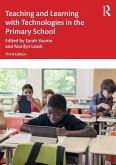
Broschiertes Buch
3. Aufl.
6. Mai 2024
Routledge / Taylor & Francis
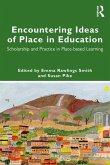
Broschiertes Buch
Scholarship and Practice in Place-based Learning
1. Dezember 2023
Routledge / Taylor & Francis
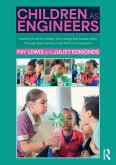
27,99 €
Versandfertig in 6-10 Tagen
Broschiertes Buch
Teaching Science, Design Technology and Sustainability through Engineering in the Primary Classroom
28. März 2024
Routledge / Taylor & Francis
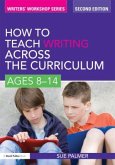
Broschiertes Buch
Ages 8-14
2. Aufl.
20. August 2010
Routledge / Taylor & Francis
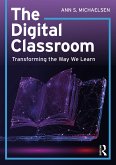
20,99 €
Versandfertig in 6-10 Tagen
Broschiertes Buch
Transforming the Way We Learn
30. Dezember 2020
Routledge / Taylor & Francis
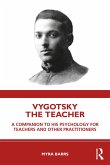
Broschiertes Buch
A Companion to his Psychology for Teachers and Other Practitioners
30. August 2021
Routledge / Taylor & Francis

Broschiertes Buch
Turning Theory into Practice
7. Februar 2024
David Fulton Publishers / Taylor & Francis
Ähnlichkeitssuche: Fact®Finder von OMIKRON
